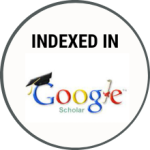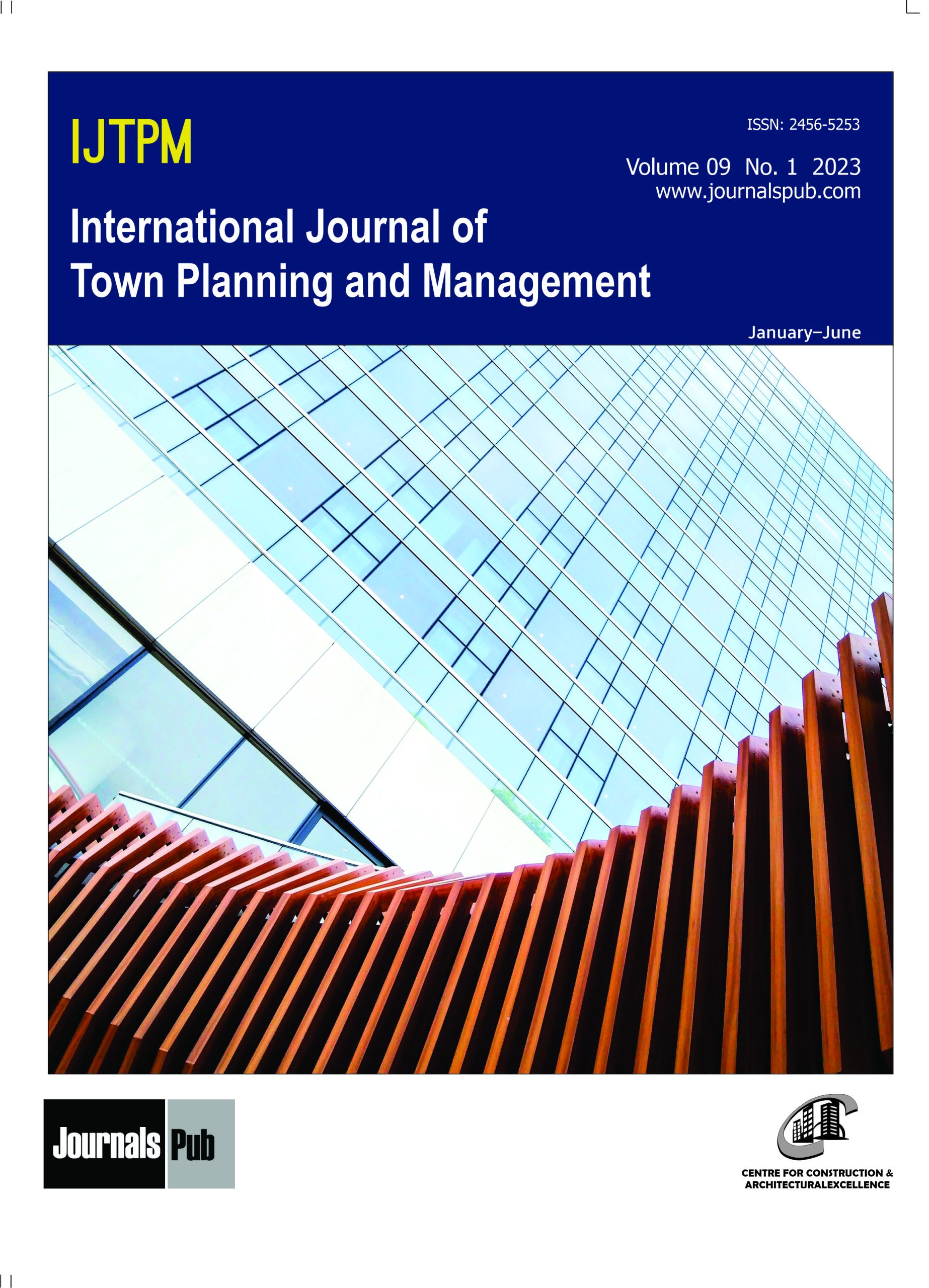Editor Overview
IJTPM maintains an Editorial Board of practicing researchers from around the world, to ensure manuscripts are handled by editors who are experts in the field of study.
Publisher
JournalsPubAn Imprint of Dhruv Infosystems Pvt Ltd
A-118, 1st Floor, Sector-63, Noida, U.P. India,Pin-201301
E-mail: [email protected]
(Tel):
(Mob) (+91) 9810078958, +919667725932
Focus and Scope

About the Journal
International Journal of Town Planning and Management [2456-5253(e)] is a peer-reviewed hybrid open-access journal launched in 2015. Town planning is the planning and design of all new buildings, roads, and parks in a location to make them more appealing and convenient for the people who live there. The goal of town planning is to meet the needs of future generations while preventing the haphazard growth of the city. Urban planning, also known as regional planning, town planning, city planning, or rural planning, is a technical and political process that focuses on the development and design of land use and the built environment, including air, water, and the infrastructure that passes through and out of urban areas, such as transportation, communications, and distribution networks, as well as their accessibility. Town planning is an interdisciplinary field that integrates planning, architecture, surveying, landscape architecture, and construction engineering to address the global challenge of land resource management. Town planning also includes strategy planning, which is required to manage future land requirements.
Focus and Scope
- Geographical Information System: The most used GIS functions in planning are visualization, spatial analysis, and spatial modeling. GIS can assist in the storage, manipulation, and analysis of a city’s physical, social, and economic data.
- Planning Process: It is a technical and political process that guides and ensures the orderly development of settlements and communities by controlling the use of land and designing the urban environment, including transportation networks.
- New Town Planning: A new town is a type of urban planning that aims to relocate people away from large cities by grouping homes, hospitals, industry, and cultural, recreational, and shopping centers into entirely new, relatively autonomous communities.
- System dynamics: System dynamics (SD) is a technique for creating models of real-world systems and studying how their structures produce dynamic behavior over time [20, 21]. The method enables experimentation with changes in a model that would be impossible to perform in the real world.
- Marine Spatial Planning: MSP is defined as a “public process of analyzing and allocating the spatial and temporal distribution of human activities in marine areas to achieve ecological, economic, and social goals that are typically specified through a political process.”
- Land use in Architecture: It entails the management and transformation of natural or wilderness environments into built environments such as fields, pastures, and settlements. Land management is the process of governing the use and development of land resources sustainably. Land Management is inextricably linked to both land-use planning and physical planning. Land management may also include the activity of land assembly the purchase of land by public authorities to facilitate future land uses such as natural area protection or the development of land for specific purposes such as housing or infrastructure.
- Smart Town Planning: The smartness of a city is determined by several factors, including a technologically based infrastructure. Initiatives for the environment public transportation that is both efficient and functional. City plans that are both confident and progressive.
- Smart City Architecture: The architecture of smart cities is essentially a large-scale distributed system that is inherently complex and decentralized. Interoperability issues will arise because of different platforms, a heterogeneous environment, and a variety of sensor networks.
- Sustainable Coastal Design: Sustainable Coastal Design and Planning is an outstanding collection of essays by leading practitioners and academics from around the world on coastal resilience design and planning in the face of climate change. Coastal management is the prevention of flooding and erosion, as well as the use of techniques to stop erosion to claim land. Protection against rising sea levels is critical in the twenty-first century, as sea level rise accelerates due to climate change.
- Strategic Planning: Information systems do not operate in a vacuum, thanks to architecture and strategic planning. Enterprise Architecture describes the processes, information processes, personnel, and other organizational subunits that are aligned with the organization’s core goals and strategies.
- Landscape design: Landscape design is the arrangement and modification of features in a landscape, urban area, or garden. It is also known as landscape architecture and landscaping. It entails the creation of urban and rural environments through the planning, design, and management of open spaces.
- Stormwater management: Stormwater management refers to the control of surface runoff. It can be used in rural areas (for example, to collect rainwater), but it is critical in urban areas where run-off cannot infiltrate due to impermeable surfaces. Traditional stormwater management focused on removing high peak flows.
Open Access Statement
IJTPM is an open-access (OA) publication which provides immediate open access to its content on the principle that making research freely available to the public supports a greater global exchange of knowledge. All published works will be available to a worldwide audience, free, immediately upon publication. Publication in the journal is subject to payment of an article processing charge (APC). The APC serves to support the journal and ensures that articles are freely accessible online in perpetuity under a Creative Commons licenses.
Publication Ethics Statement
IJTPM fully adhere to Code of Conduct of Publication Ethics (COPE) and to its Best Practice Guidelines. The Editorial Team enforces a rigorous peer-review process with strict ethical policies and standards to ensure the addition of high-quality scientific studies to the field of scholarly publication. In cases where ctit becomes aware of ethical issues, it is committed to investigating and taking necessary actions to maintain the integrity of the literature and ensure the safety of research participants. Click here to read more about the Research & Publication virtue ethics
Content Disclaimer
All IJTPM the information’s, opinions, and views mentioned here represents the authors and the contributions of the articles. Publication of articles, advertisements, or product information does not constitute endorsement or approval by the journal. cannot be help responsible for any error or consequences while using the information updated in this journal. Although every effort is done by ctit to see that there’s no any inaccurate data, misleading data, opinion or statement within the journal, the data and opinions appearing in the articles are the responsibility of the contributors concerned.



